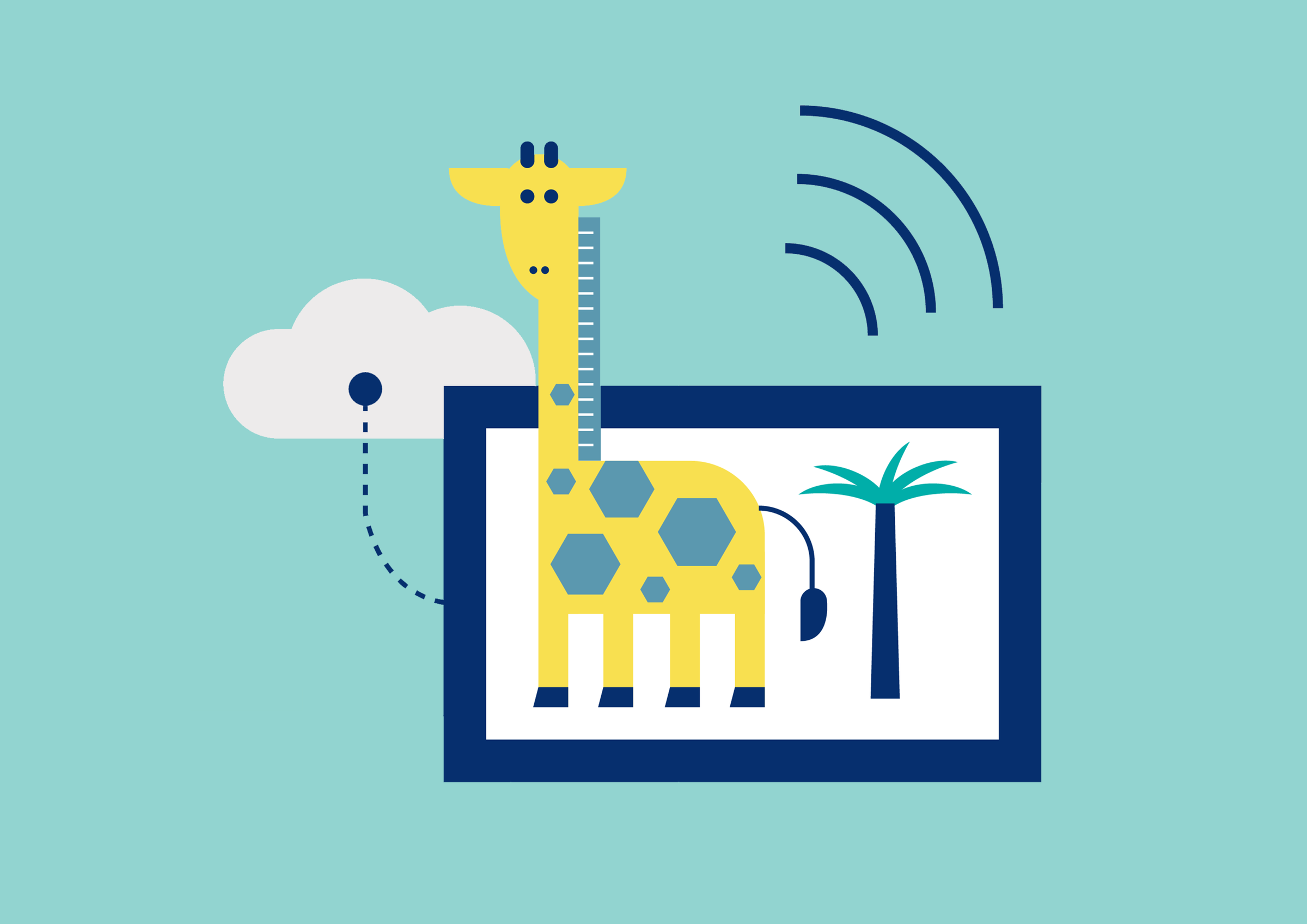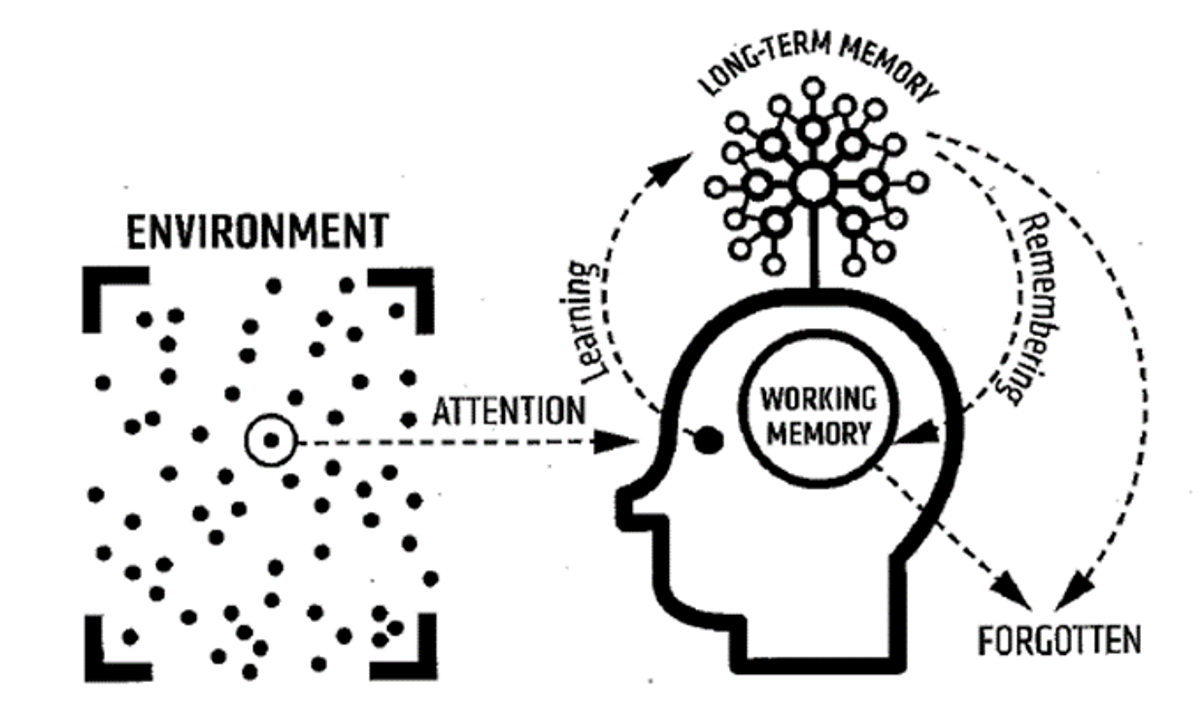Learning
Highlighting our approach to learning...

Learning
Highlighting our approach to learning...
I am including a new section in the iNewsletter. It is about the learning approaches and programs we use at SMPS to support your child. I hope you get something out of it.
At South Melbourne Primary School we base our approach on Cognitive and Neurosciences. Whilst the human brain remains somewhat of a mystery, our approach to learning is informed by how information is conveyed from the environment and becomes part of long-term memory. I have included a picture below which represents the basis of Cognitive Science.


In this diagram information is chosen from the environment; gaining the attention of the receiver. This information first finds its way into a place called the working memory. The working memory has very low capacity and can only deal with one piece of information at a time. Multitasking is a distraction and the working memory does not handle it well. There are teaching methods that help the element coming from the environment to move it from working into long-term memory. Teaching methods such as spaced practice and repeated exposure help this process. We do this at SMPS.
Certain elements from the environment that captured our attention are either remembered and placed into long-term memory or forgotten over time. The art of great teaching is to find ways for elemental information to find its way into long-term memory so it can be recalled easily for use in future problem-solving scenarios.
At South Melbourne Primary School we set up programs that deliberately space the practise and give students repeated exposure to elemental information such as sound and letter relationships, decoding strategies, phonics and phonemic awareness and automated mathematical processes. Our Letters and Sounds and Maths Invaders programs are two examples of elementary information requiring repeated practise to move information into long-term memory.
At South Melbourne Primary School we base our thinking on contemporary texts. The book "How We Learn" by Stanislas Dehaene (published in 2020) forms the basis of the neuroscientific fundamentals of our program. Daniel T. Willingham's book "Why Don't Students Like School" is a text founded in cognitive science that informs our teaching processes.
We don't just make things up at our school and hope for the best. Theory-based research and deep thinking occurs inside our teams before we roll things out. We don't just choose programs that look interesting - they are based in the principles of Cognitive and Neurosciences. Our device program is key for these principles taking place. Like the human brain, we continue to evolve and learn and will do so in search of excellence for the sake of each child.